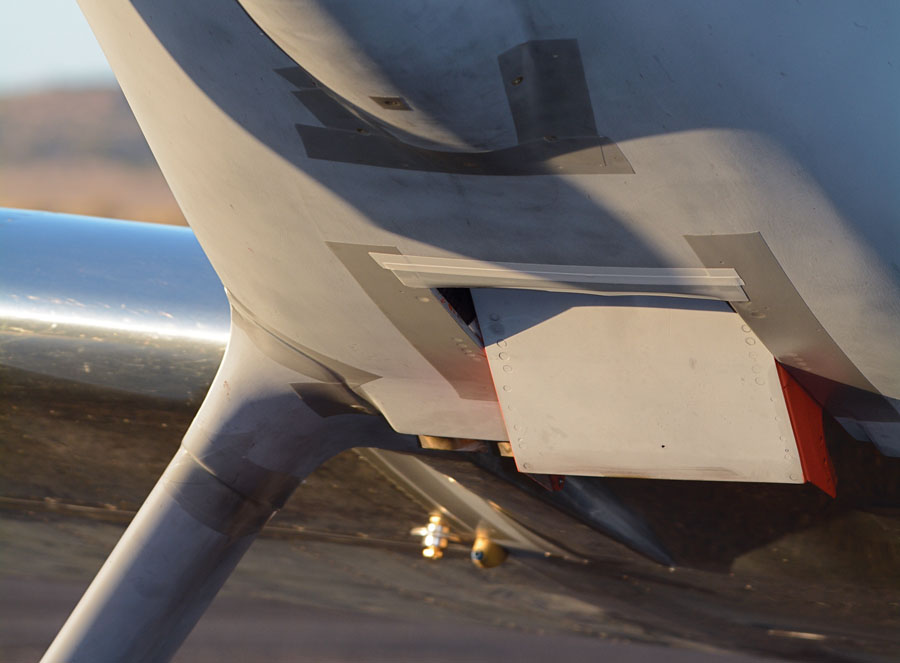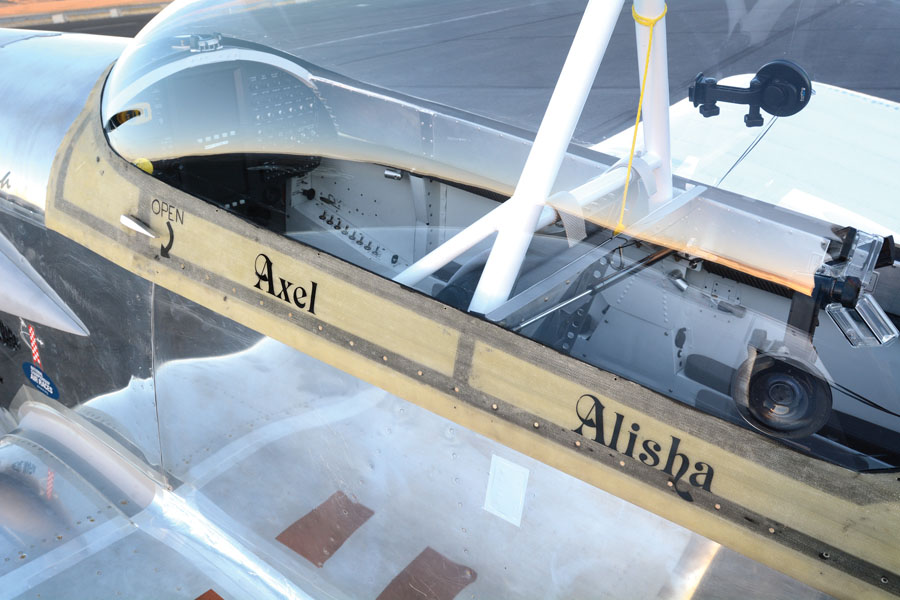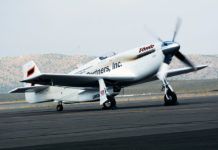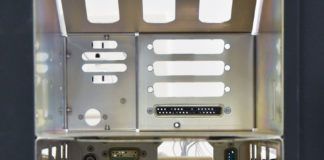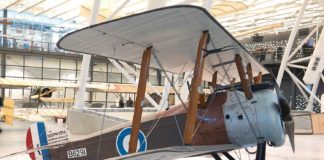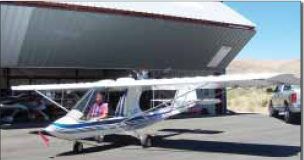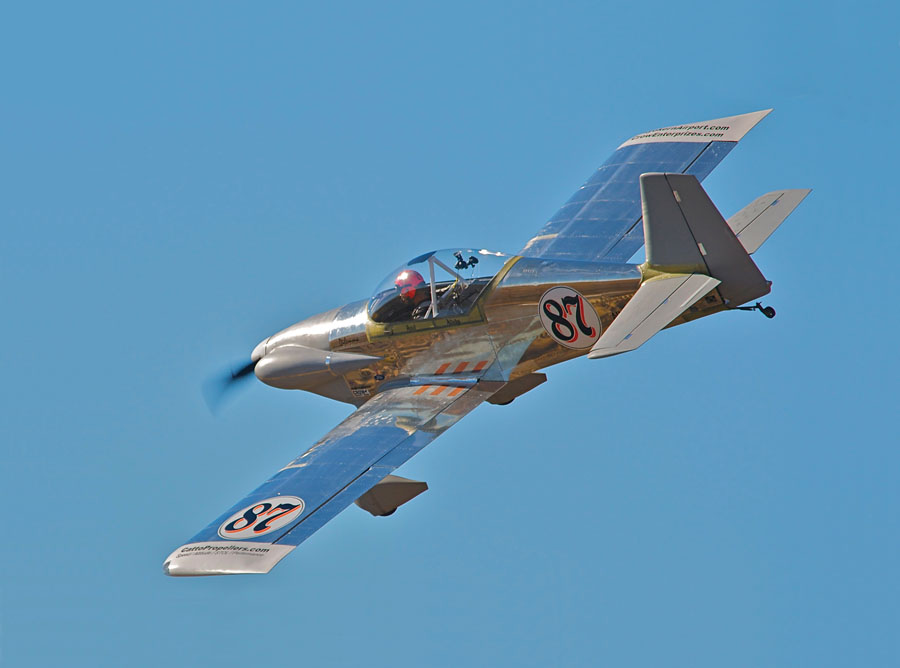
Built as a sporty daily driver, Axel Alvarez’s RV-4 made a great entry-level Sport class Reno racer. One distinct modification is a Rocket Plexiglas canopy integrated into a custom fastback rear fuselage. The canopy’s leading edge is five inches farther forward than stock, the rear was angle cut, and the aluminum sides lowered about four inches to allow maximum viewing from the back seat. (Photo: Tim O’Brien)
Like so many KITPLANES readers, Axel Alvarez lives in the ‘burbs, works for a living, and must budget his time and especially his money for his aviation fix. So, even if his day job is in flight test, he’s a guy we can relate to when it comes to putting together a little something special in sport aviation.
And for Axel, that something special turned out to be racing at the National Championship Air Races: the low, fast, and left turns around the pylons in Reno, Nevada, each September. And curiously, Axel was more caught up in the recent populist explosion in the Sport class than chomping at the bit.
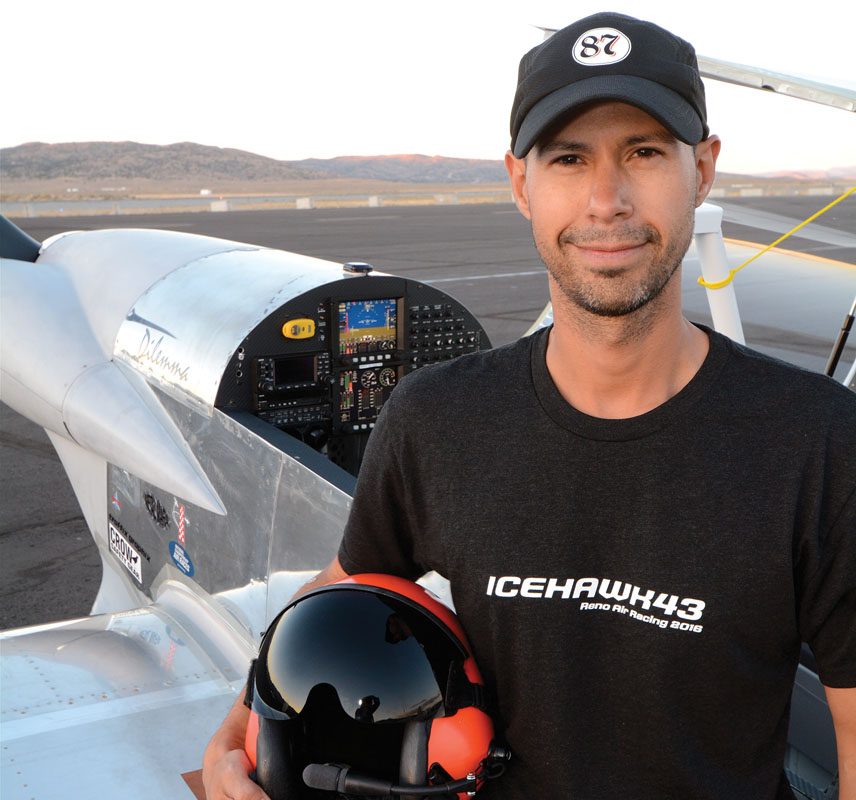
Maybe Axel was destined for Reno racing all along. He soloed at 16, earned the ol’ Private at 17, Instrument at 18 and Commercial at 19. Then he earned an Aerospace Engineering degree from the University of Tennessee, and also graduated from the Navy’s Test Pilot School (as a civilian). When not racing, he enjoys flocking with the West Coast Ravens formation team.
Yes, the Sport class is where the big-dollar, twice-turboed, plastic go-fast airplanes are now topping 400 mph in the Gold division, but it’s also where RVs have come out in droves the last two years in the slower Silver, Bronze, and Medallion races.
For Axel, racing wingtip-to-wingtip at 100 feet AGL was not a big bucket list activity, but rather something he was drawn in to. Axel was building his RV-4 fastback and had talked to Kevin Eldredge, the Gold division Sport pilot, about building his RV’s engine. That turned into Kevin stopping by Axel’s hangar, and anyone who’s met the determined Kevin Eldredge won’t be surprised he wasn’t taking no for an answer when he blasted Axel about racing the RV at Reno. At least go to Pylon Racing School (PRS) was how they parted.

There’s nothing trick about Axel’s engine, an O-320 B2B converted to an IOX-340 with fuel injection breathing through a cold air intake/sump and a scoop hanging under the cowl facilitating ram air. Axel’s engine dynoed at 180 hp with 9-to-1 compression pistons (vs. the original 8.5-to-1) and dual electronic ignitions.
For first-time pylon racers PRS is mandatory. Held each June, it’s a hands-on immersion in formation and pylon flying, plus plenty of ground schooling in logistics and rules of pylon racing. With the PRS entry deadline only a couple weeks away, Axel found he had plenty of hoops to jump through if he was going to make it.
Above all, Axel needed to talk to his wife. Axel previously raced street bikes, something that made his wife nervous, “so I sold all the bikes.” The couple very much approach life as a partnership, and Axel “didn’t think she was going to be OK with that [racing airplanes],” but he hadn’t counted on the resiliency of loved ones. Axel’s goal, ever since the sixth grade, was to be an aerospace engineer and build his own plane, and wife Alisha wanted to support his dream. “Yeah, go ahead,” she said. It was a pleasant surprise to Axel who “thought I’d see some friends and have a good time.”
Racing Paper
Although familiar with motorsports via motorcycles, Axel was blindsided by the documentation, release forms, photos, and other etceteras necessary to enter PRS, and later the races themselves.
Naturally, some of the approximately 30 pages(!) of paperwork required by the Reno Air Racing Association (RARA) were the expected entry forms and liability releases absolving in many words RARA of any legal responsibility, but Axel was a bit surprised by their quantity.
There was also much documentation, both for Axel the pilot and his airplane. A fairly in-depth look at Axel’s flying history—number of flight hours, ratings, etc.—had to be supplied, and the airplane needed considerable documentation, to include photos of the canopy opening handle, emergency switches for fuel, master, and battery, besides the expected registration and airworthiness docs. The complete requirements are available at the Sport class web site, and are reviewed in a nearby sidebar.
Amazingly, air racing turns out to be the only motorsport we’ve heard of that requires liability insurance, and with the sanctioning body (RARA) being named insured. That seems counter to the fundamentals of racing, where everything is expendable in a legal free-for-all venue, but that is the requirement.
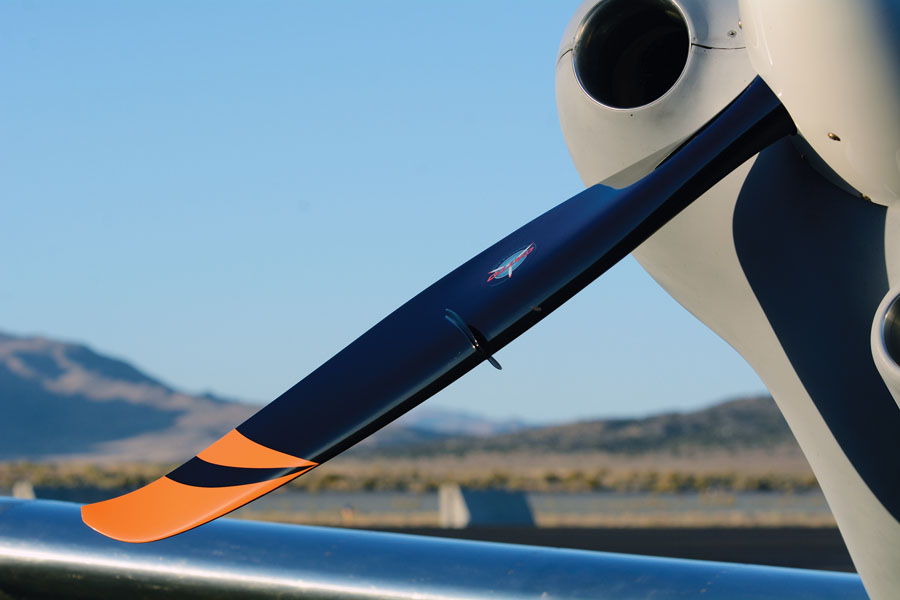
For the Reno races Craig Catto provided Axel with his latest composite prop for evaluation. It’s a very swoopy design, especially in the multi-curved tips. A fence tames span-wise flow, and all said, Axel reports a two-knot speed increase from his previous Catto prop.
Coverage amounts are the aviation standard of $1 million liability/$100,000 bodily injury, so there’s nothing unusual there, but as you’d guess, the premium is over gross. Or, as Axel put it, “That was a big, unplanned surprise that wasn’t budgeted for.” As it was, Axel’s insurance was soon due for renewal, and the regular renewal quote was $980 for the year, but rose to $2,400 to add both a week at PRS and 10 days at the races. The insurance company did not differentiate between PRS and the races, so coverage for both was mandatory. RARA only requires insurance at the races.
Murphy was also hanging around the hangar regarding the RV’s condition inspection, which would have been due during PRS. So Axel had to squeeze in the inspection—and documentation—before PRS.
Later, when Axel submitted his entry for the September races, there was additional paperwork for acknowledging reading and understanding the rules regarding selling items at the event (teams often sell T-shirts and other promotional items to offset costs), plus the race-specific rules.
The Experience
Perhaps the easiest part was the logistics of getting the pilot and airplane to Reno twice. It’s a modest flight (1.5 hours) for Axel to get the RV to Reno from his home, while others flew in commercially or drove when carrying spares. The team stayed in local hotels and split the use and cost of a rental car with friends at the races.
Axel notes he need bring only minimal tools and spares with him in the plane, something not possible with faster, more sophisticated racers expecting—and often receiving—major mechanical trauma. While much can be left behind for PRS because no one runs race power there, Sport Gold teams typically hustle a pickup truck and small trailer full of tools and equipment (sufficient for major engine repairs, swinging the landing gear, and feeding a hungry anti-detonation injection [ADI] tank), plus often rush parts (cylinders are a favorite) to Reno-Stead via a friend’s private plane as needed. Some teams conserve support equipment needs between two airplanes, and everyone borrows whatever’s needed from competitors when in a real jam.
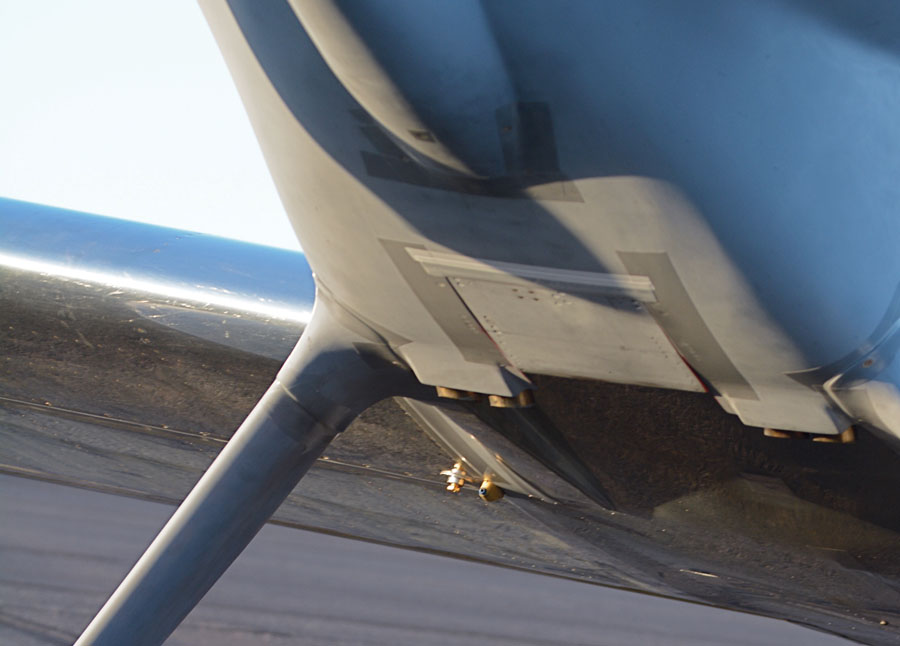
During construction Axel was able to reduce the cowl exit area from approximately 80 square inches (Van’s design) to 33 square inches. One mod he snuck in prior to Reno was an electrically actuated cowl flap (similar to the one designed by Dan Horton). It’s one of a few small aerodynamic clean-up modifications to his RV. A one-inch opening to the cowl flap created an additional 18 square inches of exit area. He reports keeping the flap closed while racing without quite over-temping.
For Axel PRS was a six-day affair beginning with an intensive three days of Formation and Safety Team (FAST) formation work. Not precisely part of PRS, the formation clinic is there for those without formation experience (especially Reno-specific experience) or formation certification. Axel is a member of the West Coast Ravens formation team and has good close quarters flying chops, including the mass flyover events at AirVenture and elsewhere, but still found the PRS formation work good if only because the environment is so specialized.
Wednesday is the first day of PRS or the third day for those involved in formation work, and is a no-flying, all-day safety briefing for rookies in all classes. A gulp from the proverbial fire hose, Axel found the Wednesday briefs jammed with rules and procedural reviews—far more than could be assimilated in one sitting. The racecourse and airport airspace is tightly confined, very specific, and demandingly enforced, hence the need for the extended briefings.

There’s no need to complicate life when starting air racing as Axel’s clean rear cockpit suggests. With no need for an ADI tank, nitrous, or other trickery, it was just latch the rear belts together and go. Axel did add a gas strut to his fold-over Rocket canopy for better stability when open, along with less operating effort.
Interestingly, Axel found PRS more airspace demanding than the races because more aircraft are coming and going simultaneously at PRS than at the races. Classes are given blocks of time on the racecourse, but other classes are taking off and returning from remote practice areas as well. It’s not unknown to be taking off and having 300 mph traffic down on the deck coming at you just to one side. It all works, but you’ve got to have your brain engaged and head on a swivel.
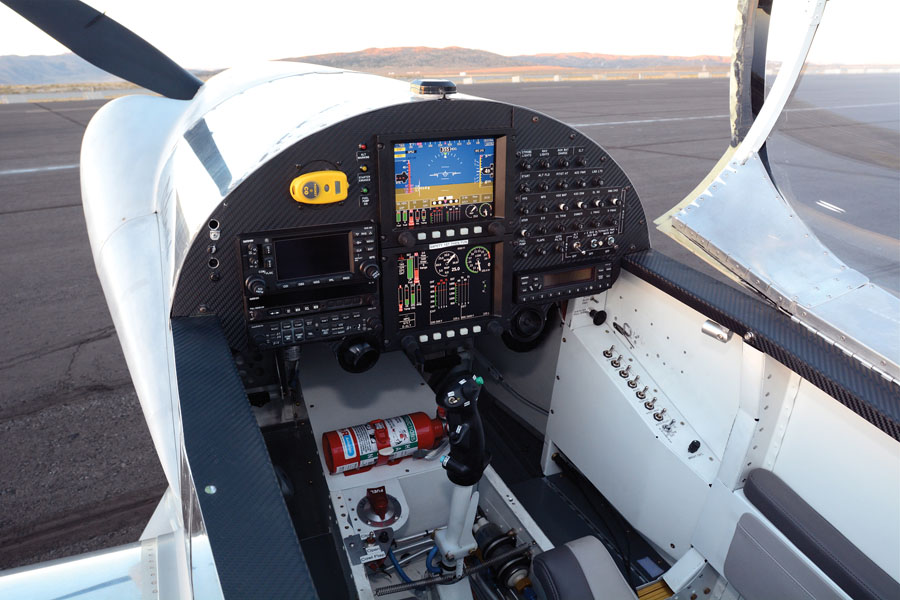
If this was a pure race plane, there’d be maybe three steam gauges up front, but clearly Axel has going places in mind. GRT is brightly represented by a Sport 200, Sport 100 with internal GPS, and ARINC adapter/magnetometer, plus an engine monitor. Garmin is there with a 430, 327 transponder, SL40 com, and 240 audio panel. The stick switches are, from left, fuel pump, AP disengage, flaps, elevator trim, starter, and radio.
Axel’s personal take was Reno was more complex than the formation work at AirVenture due to the higher speeds and higher traffic density flying different patterns.
“Reno is intense with rules,” says Axel. For the races it’s necessary to arrive on Saturday for tech inspection a week prior to the race weekend, and you need signatures in your paperwork confirming your arrival date/time and tech inspection completion. Another signature is needed confirming completion of four laps run on the course as warm-up and G-tolerance building before flying qualifying laps. Axel found the rules “really intense” but figures it’ll come pretty naturally in subsequent years once the new wears off.
He also noted Reno is a time-intensive pursuit. Axel’s experience is typical for a rookie, with a full week at PRS and 10 days at the September races. That consumed all his leave from work for the year, but now that he’s a veteran, he could whittle PRS down to Thursday thru Saturday with a Sunday return flight home.

Axel was warned making race numbers visible was difficult on his bare aluminum finish. But white meatballs proved the answer; they and the numerals were provided by his father-in-law. Interestingly, Axel originally was building an RV-8 as his main interest and this RV-4 as a quick way aloft. He soon learned two projects was one too many, plus the drill-your-own RV-4 slow-build kit allowed more flexibility when modifying the turtledeck and other components.
The Fun Part: Meeting Goals
As with building airplanes, Axel found eating the elephant one bite at a time worked when breaking into racing. To avoid disappointment Axel formulated a series of realistic goals, knowing that reaching a few modest goals would be more satisfying than missing larger, more ambitious goals.
Goal one, therefore was to have as much fun as possible while being safe. “We’re not going to win anything,” explained Axel. “We had an IOX-340 with only 180 hp, the lowest powered racer there in the Sport class.” The first year would be a learning year.
To state his goal Axel put a sticker on the RV’s panel reading, “Safety first, fun second.” He didn’t say anything, but Alisha was reassured when she saw it.
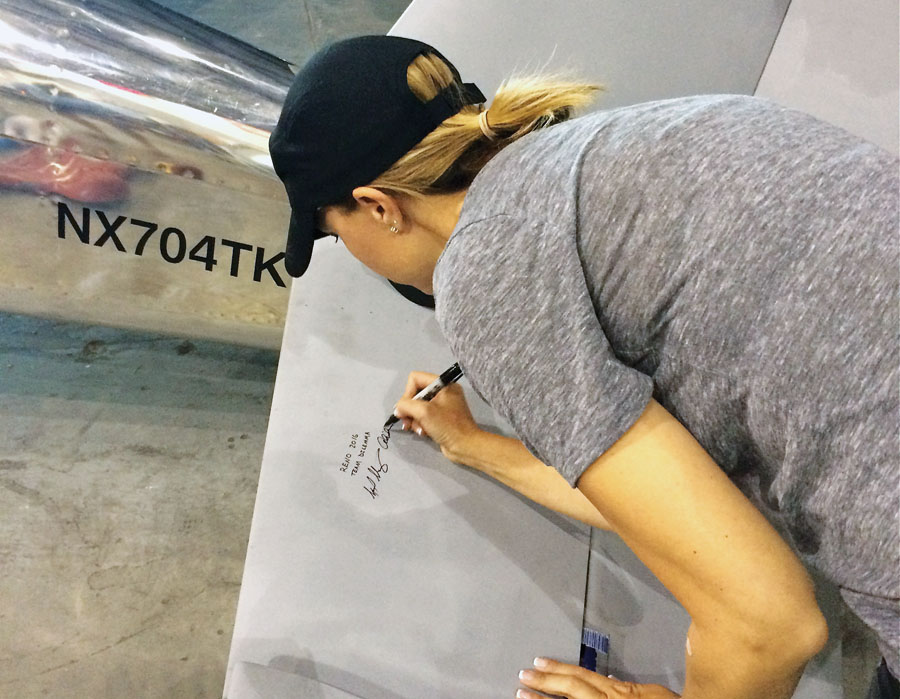
There’s camaraderie and fun at the races, which is ultimately why everyone keeps coming back. Like Doolittle’s tablecloth, Axel had the team sign the left stabilizer and pilots from the Sport class sign the right stabilizer; here wife Alisha gets the ball rolling.
Goal number two was to qualify. Because Sport class has become so popular at the entry level, there are currently fewer positions to race than airplanes entered. That’s normal in many motorsports, but is a new phenomenon in air racing and means just going fast enough to make the field is an accomplishment. As it turned out, of the 49 Sport entrants some didn’t show, some broke during qualifying, and about 40 sport planes at Reno all qualified, so Axel had another little victory to celebrate early on race week when he made the Sport field three spots from the end.
The goal to pass one person was kept among our team. “Four of us qualified within a half mph of each other, and another pack was in front of us by 8 mph,” said Axel. “I was able to pass one other person, so we met that goal. That really made the team happy.”
The final goal was to bring the airplane back in one piece. “And we did that.” But it wasn’t without extra exposure. Originally Axel figured his racing would be over on Saturday, but he ran well enough to qualify for Sunday’s race, so the team’s day of rest turned into another day racing.
“Those small realistic goals gave myself and the team something to look forward to and helped take the stress away of having to perform. Once you start racing the fangs come out, so don’t be stupid. The goals kept my skills in check, however challenged me enough to work hard without overextending our capability as a rookie team.”
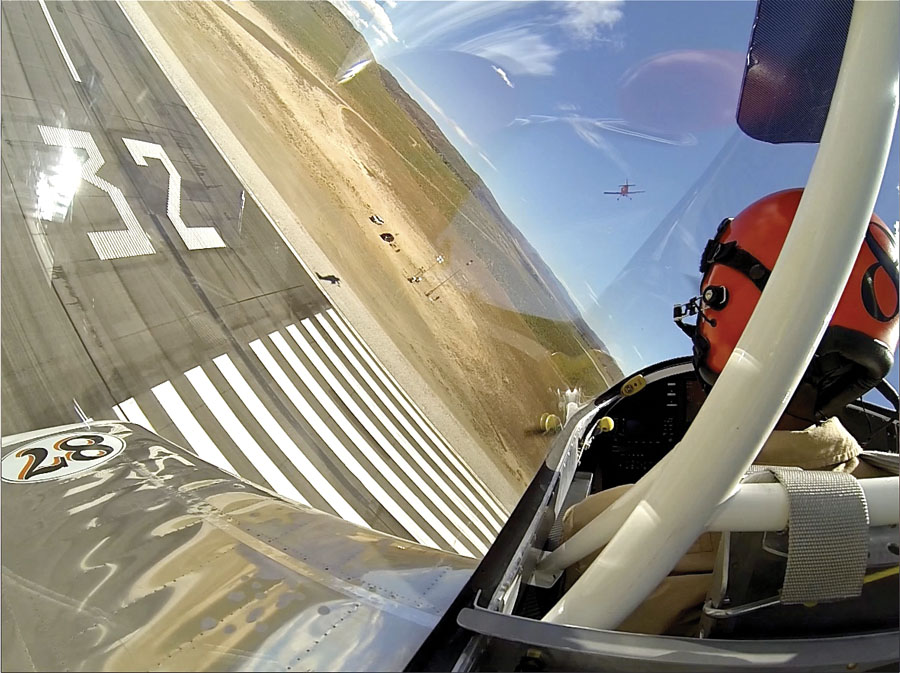
Racing is compelling because it puts everything under a bit of stress—and not just the pilot. Axel is in an easy 2.5 G turn here, but those wrinkled wingskins say something is going on. The same skins are dead smooth on the ramp.
Worth It?
So far our story makes air racing sound like a fat bundle of expensive hassles wrapped in red tape. But that’s ignoring the rush of sparring around the pylons, or in Axel’s case, validating his aircraft building skills in a demanding environment. “It’s fun and frustrating at the same time,” was his summation. “It’s a very rewarding experience when you have an idea of what you want to accomplish, and you give it two or three shots, but ultimately reach your goal.
“I went through three different oil coolers and multiple configurations in order to keep the temps in operating range during the aircraft build. It’s rewarding to figure this stuff out.”
Lending some inclusion to the rest of his aviation efforts, Axel’s RV-4 clocked its first 100 hours while racing at Reno. “In 100 hours it went to the Reno races, PRS and AirVenture. This was a big accomplishment.”
To the rest of the world, that accomplishment was formalized when Axel was awarded Sport class Rookie of the Year. “The experience was overwhelming…I’m pretty much on a high still from that.”
Even better, said Axel, was the team aspect of it all. There was some adjustment at first—Axel was a bit surprised to realize he had to trust his friends to service or even develop his airplane while he was wrapped up in safety briefings, but ultimately there was an even greater sense of accomplishment as a team. “It took everyone working.”
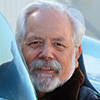
![]()
Tom Wilson is a professional magazine writer and nurtures an ongoing affair with all things internal combustion. His writing is most often found in automotive magazines, but aviation is his first love. Working as a line boy, he learned to fly while in high school, but still hasn’t mastered the art of keeping a paper chart in an open cockpit.


